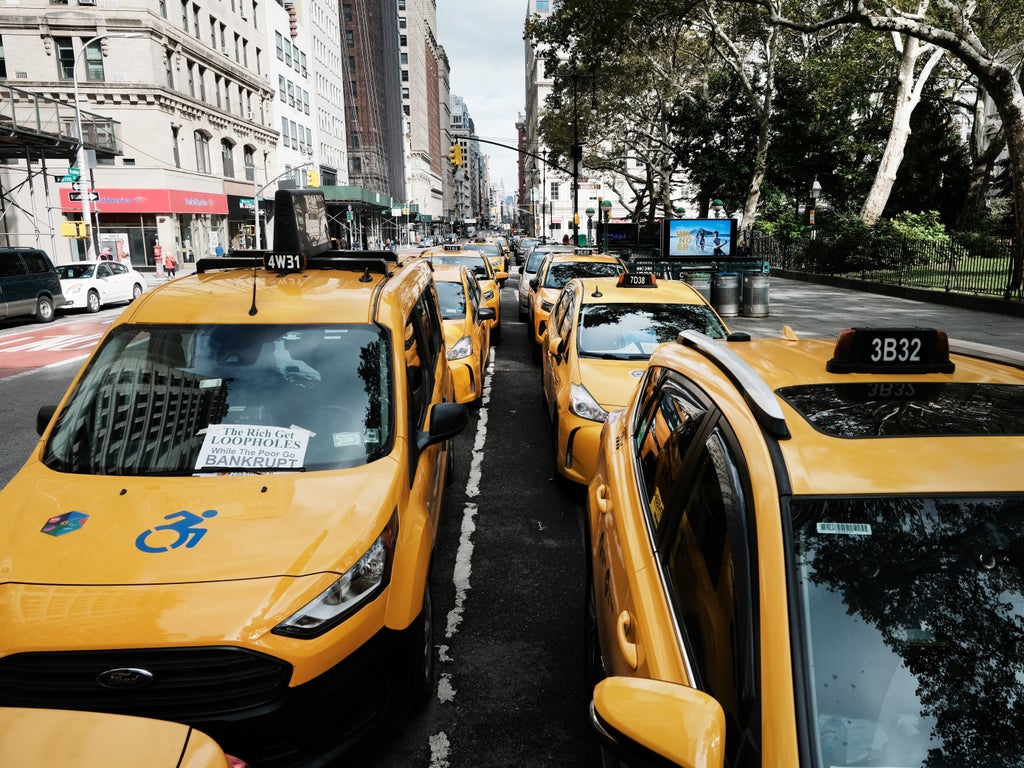
Uber has agreed to list all New York City taxis on its app.
The deal comes amid a driver shortage for the ride-hailing service and could also mean more customers for taxi drivers after business slowed during the pandemic.
The Wall Street Journal first reported the news on Thursday.
It’s the first citywide deal of its kind in the US. Uber has made similar agreements with taxi operators abroad and riders can book taxis in multiple US cities if cab drivers have agreed to appear on the app.
New York is one of Uber’s most important areas for business and it has been a battleground between the company and the city’s yellow taxis.
Uber global mobility chief Andrew Macdonald said the deal is “bigger and bolder than anything we’ve done,” according to The Journal.
The deal is set to be put into action later this spring. The agreement means that the New York City Taxi and Limousine Commission’s (TLC) own ride-hailing software will be connected to Uber’s.
Uber says that the apps that will be connected to their own software are used by around 14,000 taxi drivers in New York City.
The fare for Uber X and taxis will be similar. New York City Uber drivers get a minimum time and distance rate established by the TLC, but Uber claims that its drivers tend to earn more.
Taxi drivers picking up Uber passengers will be paid using the same mechanism.
The taxi meters charges riders on a different calculus, meaning cab drivers can be paid more, less, or at the same level as Uber drivers depending on each individual journey.
Uber said taxi drivers will be able to see their estimated pay before a journey and may choose to decline if they don’t believe that it’s worth it.
Uber and its taxi partners will get a part of each fare, but the companies haven’t revealed the terms. Towards the end of last year, Uber’s global average take rate was 20 per cent.
Uber, who once wanted to disrupt the taxi sector, has said that they want to list all taxis in the world on its app by 2025. “It’s certainly ambitious,” Mr Macdonald said, according to The Journal. “I certainly think it’s possible.”
New York City deputy mayor overseeing the TLC, Meera Joshi, said the deal creates opportunities for cab drivers “without adding more and more cars”.
“The word ‘disruption’ was almost in some way a superficial word,” she added, noting that while Uber changed the business, it didn’t end the taxi sector.
Unions and taxi lobbyists in several countries have launched court cases that banned Uber and regulators have scrutinized its gig-work model. Cab drivers in cities like London, Paris, and Rome have protested against Uber.
Uber first began working with taxis abroad in markets where the company was struggling. It expanded the strategy when it helped its business grow, and Uber’s efforts to attract taxi drivers increased during the pandemic.
Uber says it listed 122,000 taxis on its app in 2021 – a four-fold increase compared to 2020.







